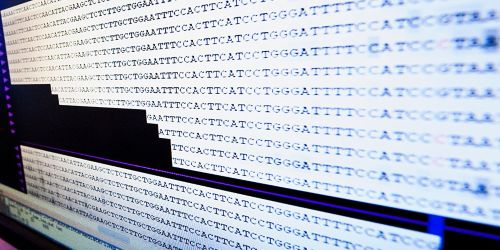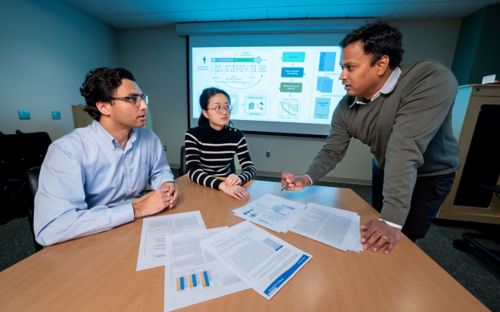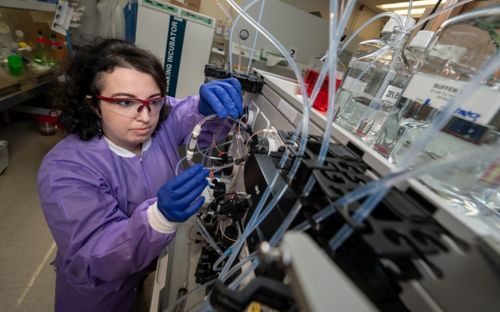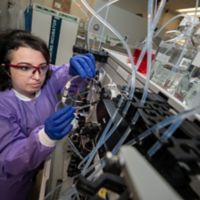Precision medicine has a role in the cures of the future

Precision medicine is still a work in progress. While it is prudent to avoid making unrealistic expectations, it is still a promising vehicle to target therapy for catastrophic diseases.
As a scientist who studies genomics and how it relates to leukemia, I read with interest the recent opinion piece by Liz Szabo in the New York Times that questioned "Are we being misled about precision medicine?"
The tenor of the article is accurate. Expectations about the availability and efficacy of targeted therapy are often unrealistic, and out of desperation, patients may waste their money. However, an important consideration the story failed to mention is the scope of precision medicine. That’s why I sent a letter to the editor of the New York Times to clarify this.
Precision medicine is commonly viewed (as in this article) as matching genetic mutations to drugs. But it is much more than that—it is tailoring therapy to individuals.
It isn’t just a point of semantics. One of the major reasons we perform clinical genomic sequencing at diagnosis here at St. Jude Children’s Research Hospital is to find more than the “actionable” mutations for which a drug might be available. We use the comprehensive genomic data to personalize therapy in many other ways. Our vision is that clinical genomics will one day inform every step along the continuum of care.
This is what precision medicine incorporates: making more accurate diagnoses; better predicting how tumors will respond to therapy; better predicting side effects; developing targeted therapies aimed at a cancer’s genetic weak spots while sparing healthy tissue; detecting DNA changes early that confer resistance to therapy; and predicting inherited susceptibility to cancer before cancer has formed to improve monitoring and prevention.
Within the focus of matching drug to mutation, it is early days, and there are multiple biologic and practical limitations. We don’t have a full understanding of the relationship of mutations to likely response in many tumors; drugs may not be available; and genomic characterization of many tumors is still ongoing. Conversely, we often don’t know why many patients show remarkable responses to “targeted” agents when they may not have the expected mutation. Current therapy is often off label, which is expensive for the patient and limits the ability to control therapy and get meaningful outcome data.
Furthermore, there are issues of access—not just to drugs, but to appropriately detailed genomic sequencing and accurate information for providers to interpret the meaning of genetic mutations. (Researchers collaborating through the American Society of Hematology Precision Medicine Initiative are working to fill this gap.)
In addition, targeted agents given alone often quickly result in resistance. Carefully designed combination or sequential therapy, in the context of a trial, is essential. For many targetable mutations, combination treatment with conventional therapy early in the course of treatment is likely to have the best chance of response/cure. St. Jude has taken this approach in a multicenter clinical trial called Total Therapy XVII, now underway for young acute lymphoblastic leukemia patients.
Finally, it is unrealistic to think all tumors will have a mutation that activates a cellular growth pathway that can be shut down by a targeted agent. Many tumors don’t. The next wave of investigation is finding “targeted” approaches that aren’t simply directed to a mutation, but to a pathway—or an unexpected Achilles heel—unrelated to a specific mutation.
As Szabo says, while the successes of precision medicine "should be celebrated, its failures must be acknowledged, reminding us how much is left to learn."
There is much left to learn. But the scope—and the promise—of precision medicine is great. Even as we lose our loved ones today, we work on cures for the future. We’ve made incredible strides in childhood cancer research, and we believe that precision medicine is the next frontier of discovery and hope.






